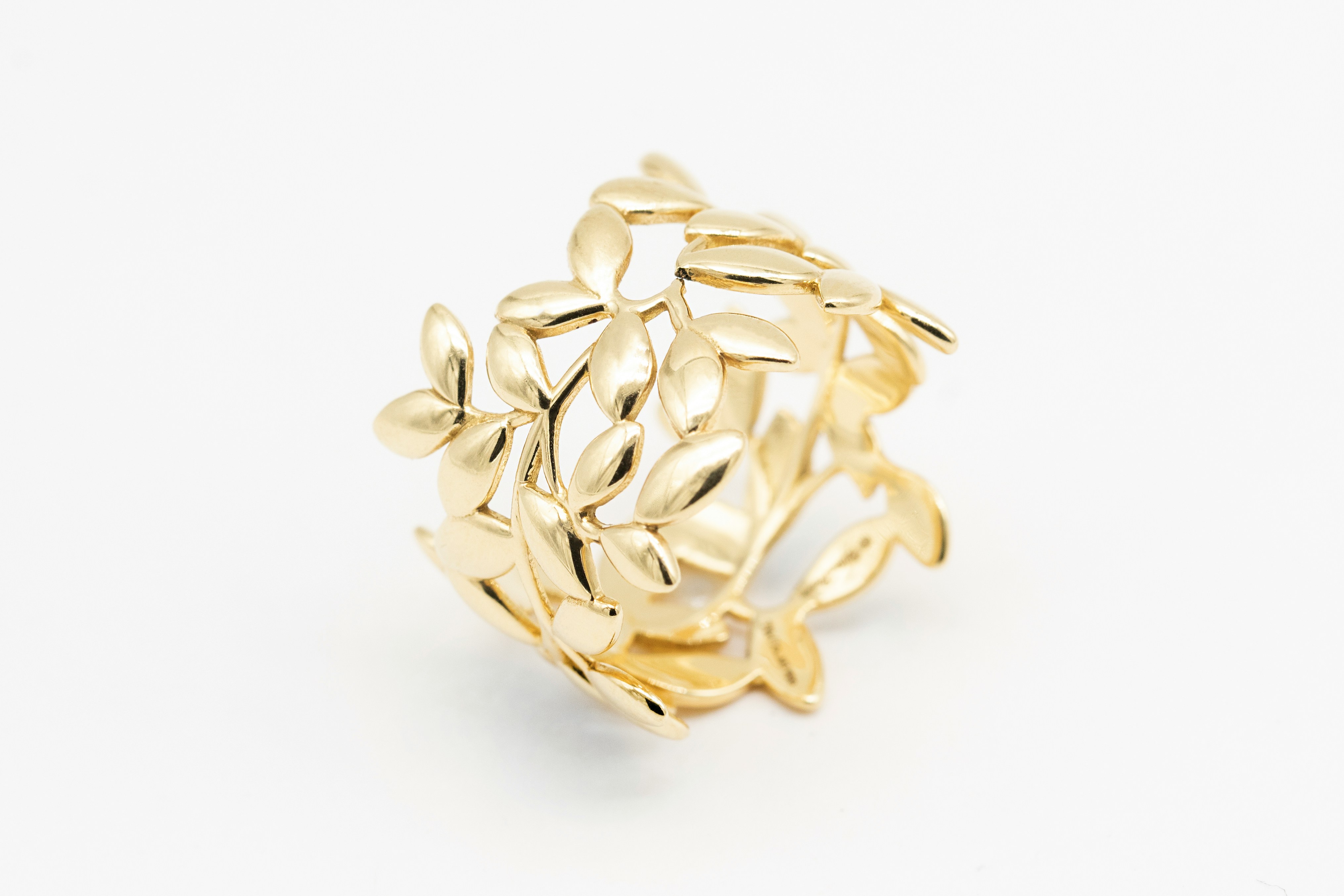Buying Guide To Vintage Enamel Jewelry
Alexander Kellerson

Introduction to Vintage Enamel Jewelry
Vintage enamel jewelry has long been admired for its vibrant colors and intricate designs. This type of jewelry, which has been popular for centuries, combines the art of enameling with various metals to create stunning pieces. In this guide, we will explore the different aspects of buying vintage enamel jewelry, helping you make informed and confident purchases.
Understanding Enamel Jewelry: A Brief History
Enamel jewelry has a storied history that dates back to ancient civilizations such as the Egyptians, Greeks, and Romans. These early artisans perfected the technique of fusing powdered glass to metal, creating beautiful and durable jewelry. Over the centuries, enameling techniques have evolved, leading to a variety of styles and methods that reflect the artistic movements of different eras.
The history of enamel jewelry also includes significant periods like the Byzantine era, the Renaissance, and the Art Nouveau movement, each contributing unique styles and innovations. By understanding the historical context of enamel jewelry, collectors and enthusiasts can better appreciate its artistic and cultural significance.
Why Buy Vintage Enamel Jewelry?
Vintage enamel jewelry stands out for its unique designs and superior craftsmanship. Unlike mass-produced modern jewelry, vintage pieces often feature hand-crafted details and high-quality materials. Collectors and fashion enthusiasts are drawn to these pieces for their individuality and timeless beauty.
Additionally, vintage enamel jewelry offers a sense of nostalgia and connection to the past. Each piece tells a story, carrying with it the history and charm of the era in which it was created. Owning vintage enamel jewelry is not just about fashion; it's about preserving and celebrating artistic heritage.
Types of Vintage Enamel Jewelry
Vintage enamel jewelry comes in a variety of types, each with its own unique appeal. Brooches, for instance, are often elaborately designed and can feature intricate patterns and vibrant colors. Pendants and necklaces offer another canvas for enamel artistry, often depicting scenes or motifs from nature.
Bracelets and rings also showcase the versatility of enamel work, with designs ranging from delicate floral patterns to bold geometric shapes. Understanding the different types of vintage enamel jewelry can help you find pieces that match your personal style and preferences.
Identifying Genuine Vintage Enamel Jewelry
When buying vintage enamel jewelry, it's important to be able to identify genuine pieces. Look for hallmarks and maker's marks, which can provide information about the piece's origin and authenticity. Additionally, examine the quality of the enamel work; genuine vintage pieces will often have a depth and richness in color that is hard to replicate.
Pay attention to the materials used in the jewelry as well. Vintage enamel jewelry is typically made with high-quality metals such as gold, silver, or copper. Any signs of modern materials or poor craftsmanship could indicate that the piece is not truly vintage.
Key Factors to Consider When Buying Vintage Enamel Jewelry
Several factors should be considered when purchasing vintage enamel jewelry. First, assess the condition of the piece. While some wear and tear is expected with age, significant damage to the enamel or metal can affect both the beauty and value of the jewelry.
Rarity is another important factor. Unique or hard-to-find pieces can be more valuable, especially if they are from a renowned maker or a specific historical period. Provenance, or the history of ownership, can also add value to a piece if it has a well-documented and interesting background.
Popular Styles and Eras of Vintage Enamel Jewelry
Vintage enamel jewelry has seen various styles and trends throughout different historical eras. The Art Nouveau period, for example, is known for its flowing, nature-inspired designs and soft, pastel colors. Art Deco enamel jewelry, on the other hand, features bold geometric shapes and vibrant, contrasting colors.
Mid-Century Modern enamel jewelry often incorporates abstract designs and a wider color palette. Each era offers distinct characteristics that can help collectors identify and appreciate the pieces from that time. Understanding these styles can enhance your ability to find and select vintage enamel jewelry that resonates with your personal taste.
Caring for and Maintaining Vintage Enamel Jewelry
Proper care is essential to maintain the beauty and longevity of vintage enamel jewelry. Avoid exposing enamel pieces to harsh chemicals or extreme temperatures, as these can damage the enamel. Gently clean your jewelry with a soft cloth and mild soap, and store it in a cool, dry place to prevent tarnishing and chipping.
When not in use, keep your vintage enamel jewelry in individual pouches or boxes to avoid scratches and contact with other pieces. Regularly inspect your jewelry for any signs of damage, and consider professional cleaning and maintenance to preserve its condition over time.
Where to Buy Vintage Enamel Jewelry
There are several places where you can buy vintage enamel jewelry, each offering different benefits. Online marketplaces like eBay and Etsy provide a wide selection of pieces from various sellers. However, it's important to check seller ratings and reviews to ensure a trustworthy transaction.
Antique shops and estate sales are also excellent sources for finding unique and high-quality vintage enamel jewelry. These venues often allow you to inspect the pieces in person, providing a better sense of their condition and authenticity. Auctions, both online and in-person, can also be a great way to acquire rare and valuable items.
Investment Potential of Vintage Enamel Jewelry
Vintage enamel jewelry can be a valuable investment, especially as certain pieces become more sought after over time. The rarity, condition, and historical significance of a piece can all contribute to its potential for appreciation. Collectors who carefully select their pieces based on these factors may find that their jewelry increases in value.
Market trends also play a role in the investment potential of vintage enamel jewelry. Keeping an eye on current fashion trends and auction results can provide insights into which types of pieces are gaining popularity. By staying informed and making strategic purchases, you can build a collection that not only brings joy but also serves as a sound investment.
Conclusion: The Timeless Appeal of Vintage Enamel Jewelry
Vintage enamel jewelry offers a unique blend of artistic craftsmanship, historical significance, and timeless beauty. Whether you are a seasoned collector or a newcomer to the world of vintage jewelry, these pieces provide a tangible connection to the past and a distinctive addition to any collection.
By understanding the history, styles, and key considerations when buying vintage enamel jewelry, you can make informed choices and find pieces that resonate with your personal taste and investment goals. Embrace the charm and elegance of vintage enamel jewelry and enjoy the journey of discovering these exquisite works of art.





